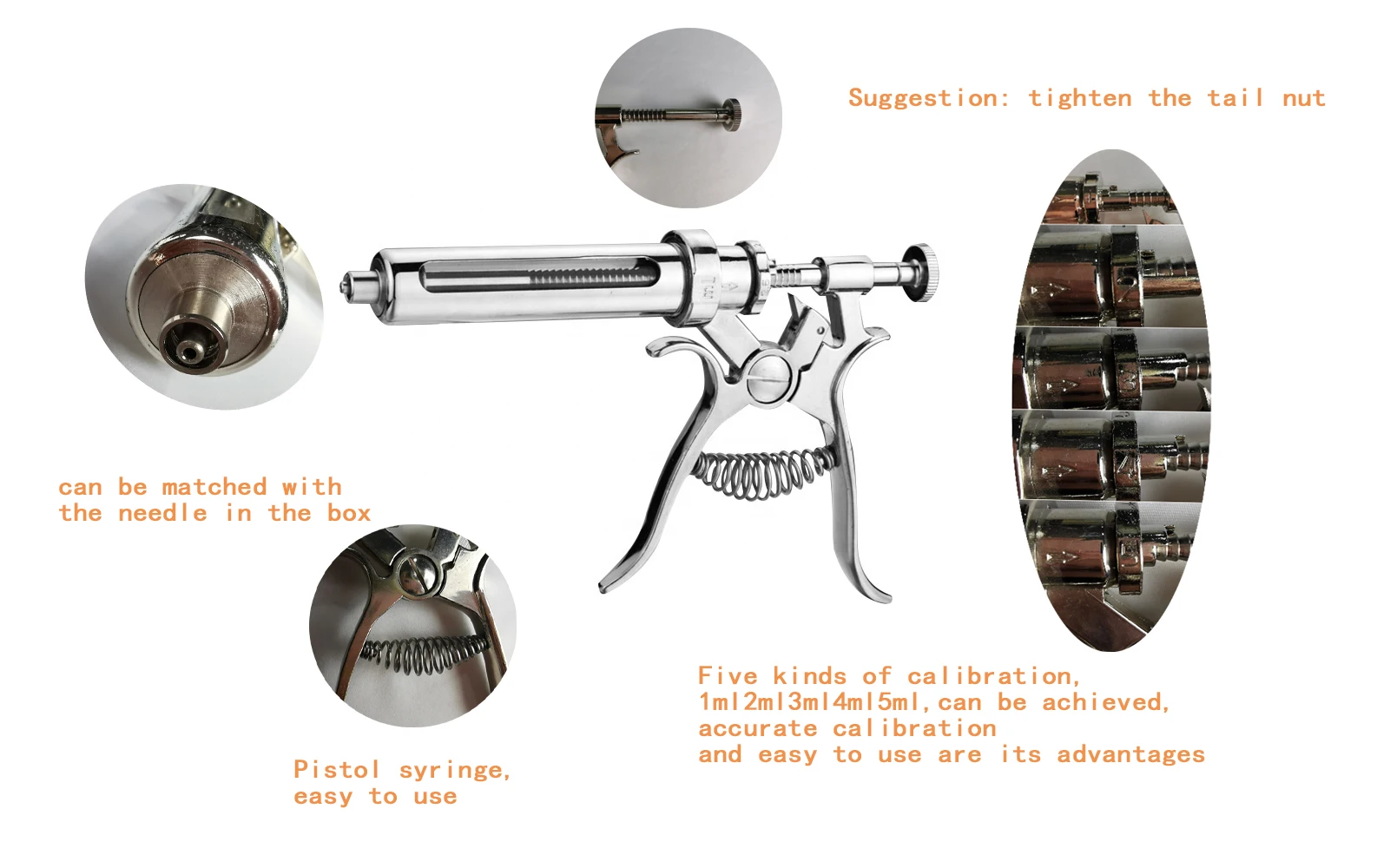# Pistol Brace Rule Vacated: Understanding the Impact on Gun Owners
The recent decision to pistol brace rule vacated has sent shockwaves through the firearms community, leading to a flurry of discussions among gun enthusiast……
The recent decision to pistol brace rule vacated has sent shockwaves through the firearms community, leading to a flurry of discussions among gun enthusiasts, collectors, and legal experts. This pivotal ruling not only affects the legality of pistol braces but also raises questions about the future of gun regulations in the United States. In this article, we will delve into the implications of this ruling, its background, and what it means for gun owners moving forward.
## Background of the Pistol Brace Rule
Pistol braces were initially designed to help individuals with disabilities stabilize their firearms. However, the Bureau of Alcohol, Tobacco, Firearms and Explosives (ATF) issued a rule that classified certain pistol braces as short-barreled rifles (SBRs), which are subject to stricter regulations. This rule was met with widespread criticism and legal challenges from gun rights advocates, who argued that it infringed upon their Second Amendment rights.
The pistol brace rule vacated decision came as a response to these challenges, effectively nullifying the ATF's previous stance. This ruling is significant, as it restores the ability for gun owners to utilize pistol braces without the fear of legal repercussions.
## Implications for Gun Owners

The vacating of the pistol brace rule has several important implications for gun owners across the nation. Firstly, it allows individuals to freely use pistol braces on their firearms without the need for additional permits or registrations. This is particularly beneficial for those who rely on these devices for improved stability and accuracy.
Moreover, the decision may also encourage manufacturers to produce more innovative designs and accessories for firearms. With the regulatory burden lifted, companies can focus on creating products that enhance performance and safety without the looming threat of government intervention.
## Legal Landscape and Future Considerations
While the pistol brace rule vacated ruling is a victory for gun rights advocates, it is essential to recognize that the legal landscape surrounding firearms is continually evolving. The ATF may seek to introduce new regulations or modify existing ones in response to this ruling. Gun owners must remain vigilant and informed about any changes that may occur in the future.

Additionally, the ruling may spark further legal battles as various states and municipalities may attempt to impose their own restrictions on pistol braces. It is crucial for gun owners to stay updated on local laws and regulations to ensure compliance.
## Community Response and Advocacy
The response from the firearms community has been overwhelmingly positive. Many advocates for gun rights view this ruling as a reaffirmation of their constitutional rights. Organizations dedicated to preserving Second Amendment rights are likely to ramp up their efforts in lobbying against any future restrictive measures that may arise.
Community forums and discussions are buzzing with excitement as gun owners share their thoughts on the ruling. Many are eager to explore new ways to utilize their firearms with pistol braces, while others are contemplating the potential for new purchases now that the regulatory landscape has shifted.

## Conclusion
In summary, the pistol brace rule vacated decision marks a significant turning point for gun owners in the United States. It not only restores the rights of individuals to use pistol braces without fear of legal consequences but also opens the door for innovation in firearm accessories. As the legal landscape continues to evolve, it is vital for gun owners to remain informed and engaged in the ongoing dialogue surrounding their rights. Whether you are a seasoned gun enthusiast or a newcomer to the community, understanding the implications of this ruling is crucial for navigating the future of firearm ownership.